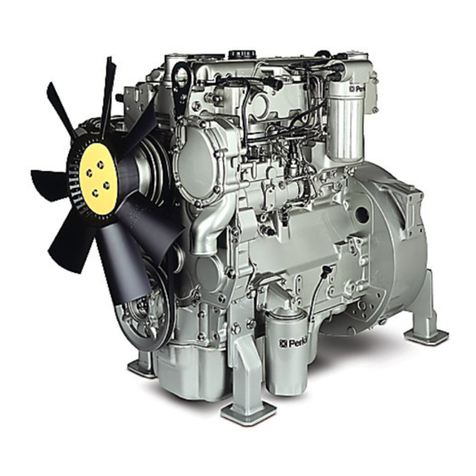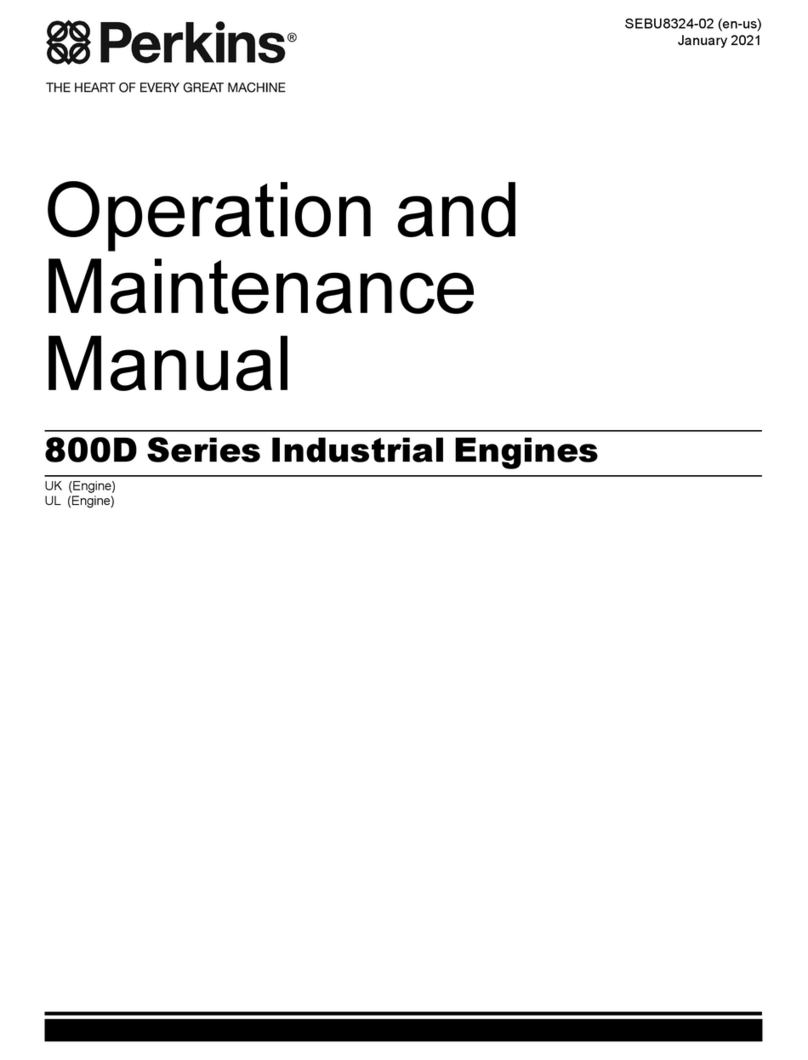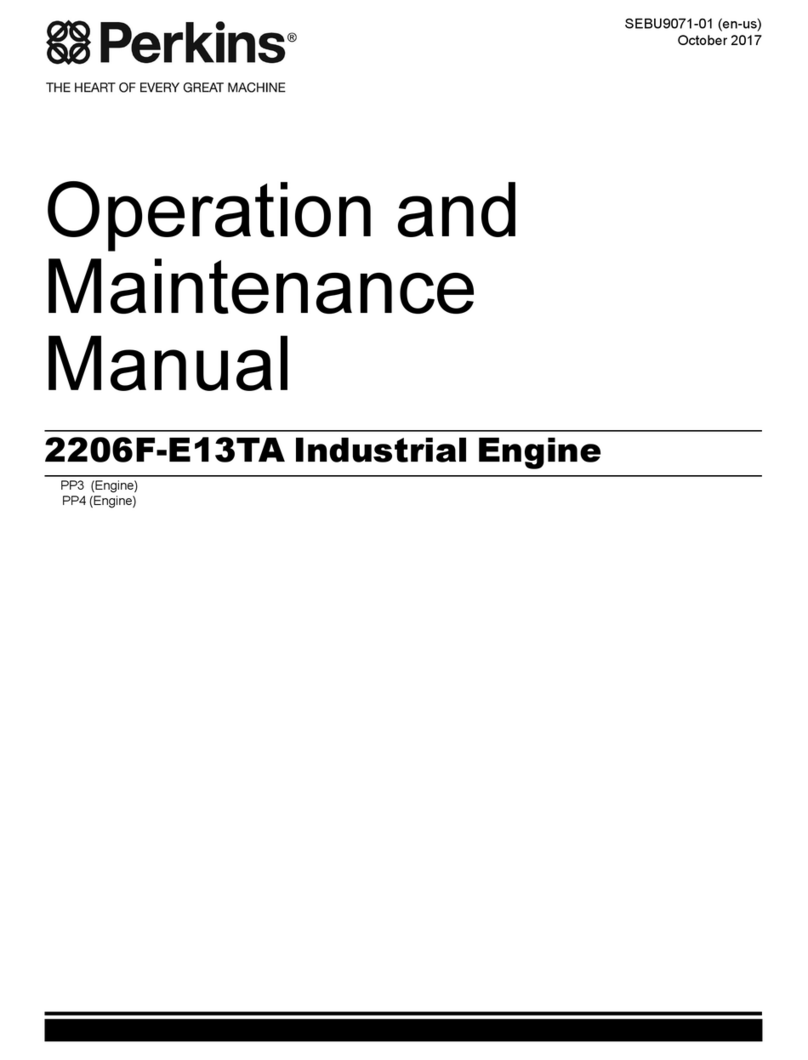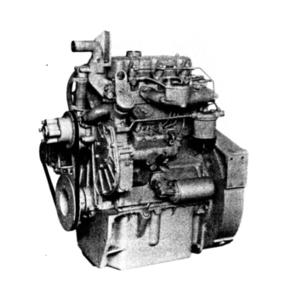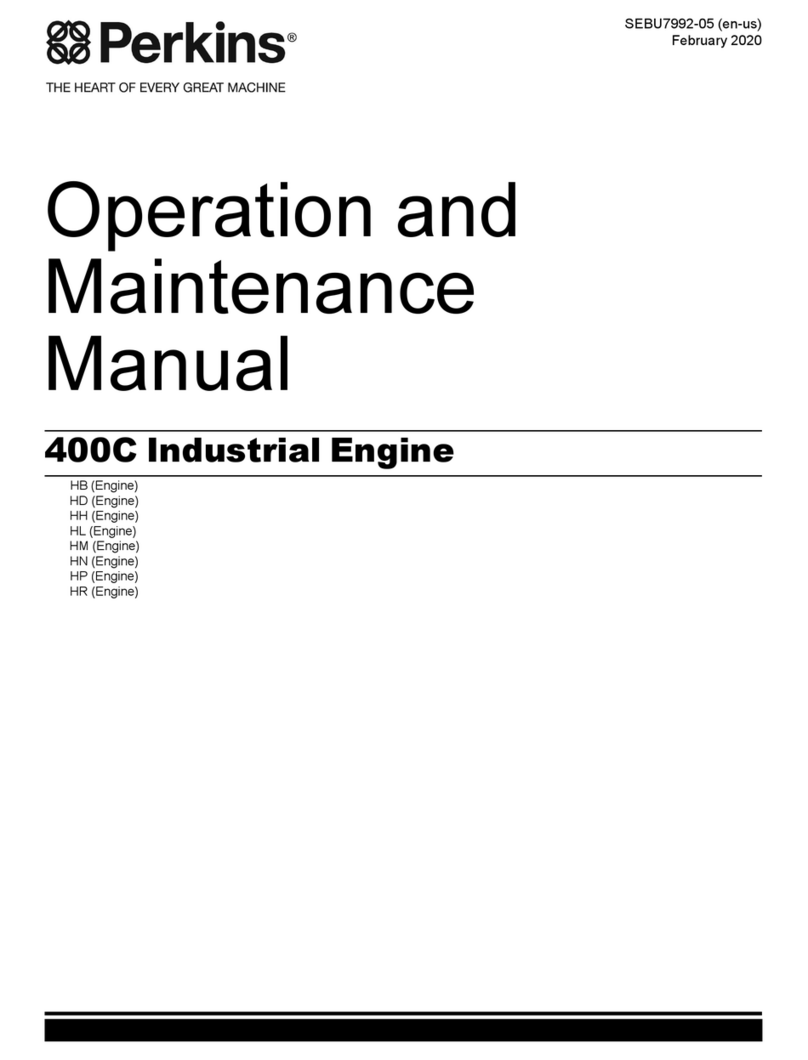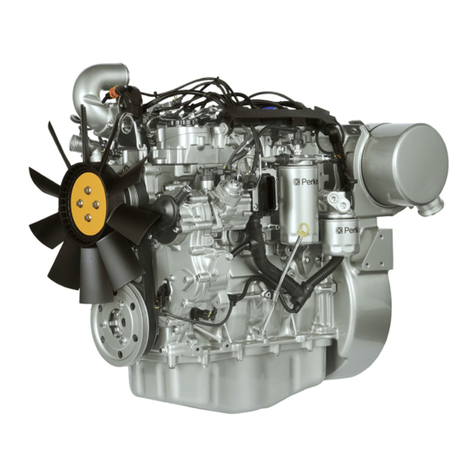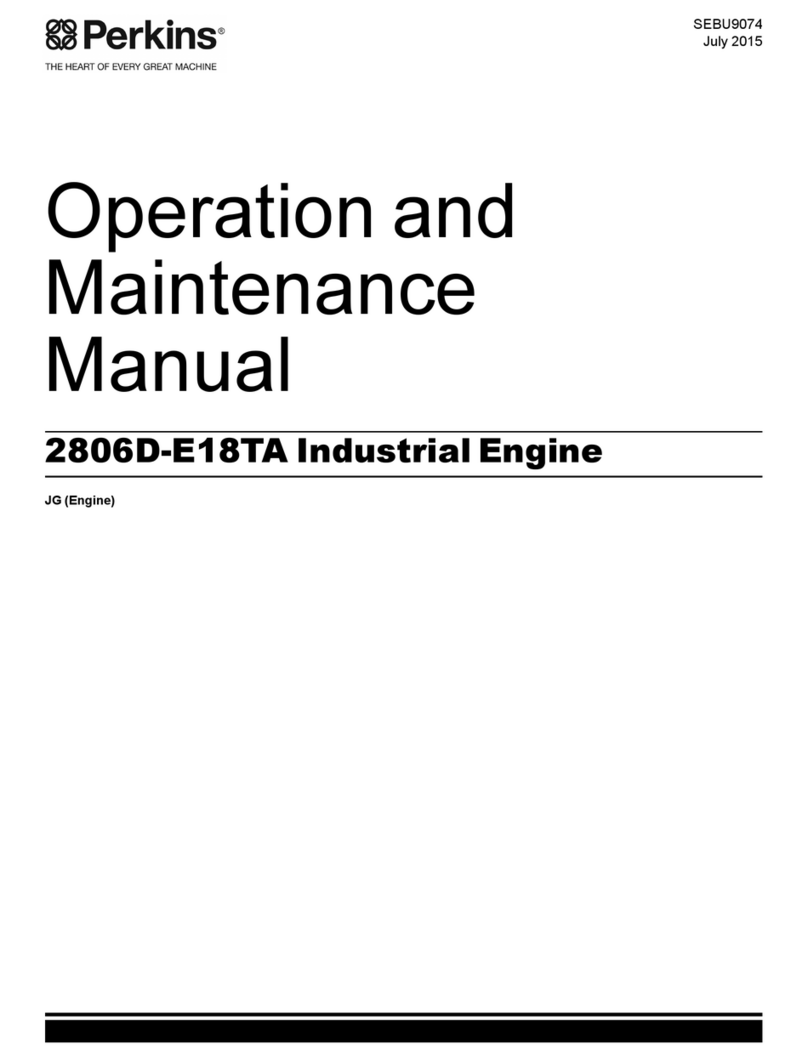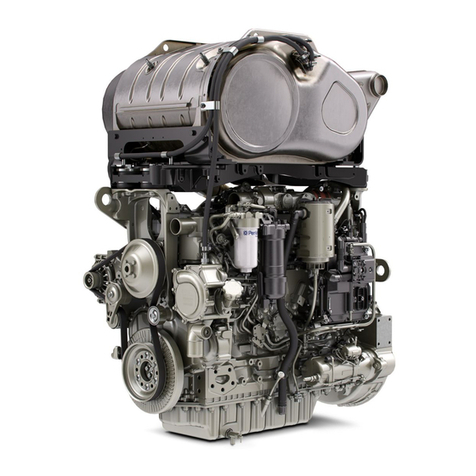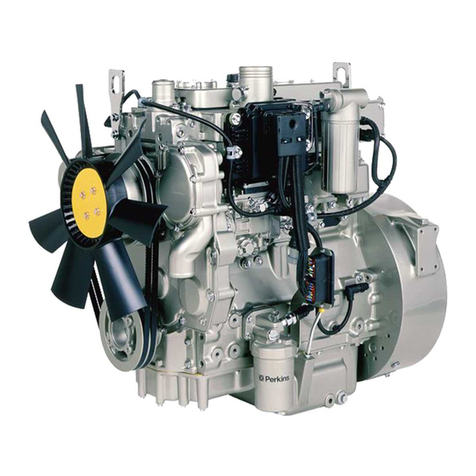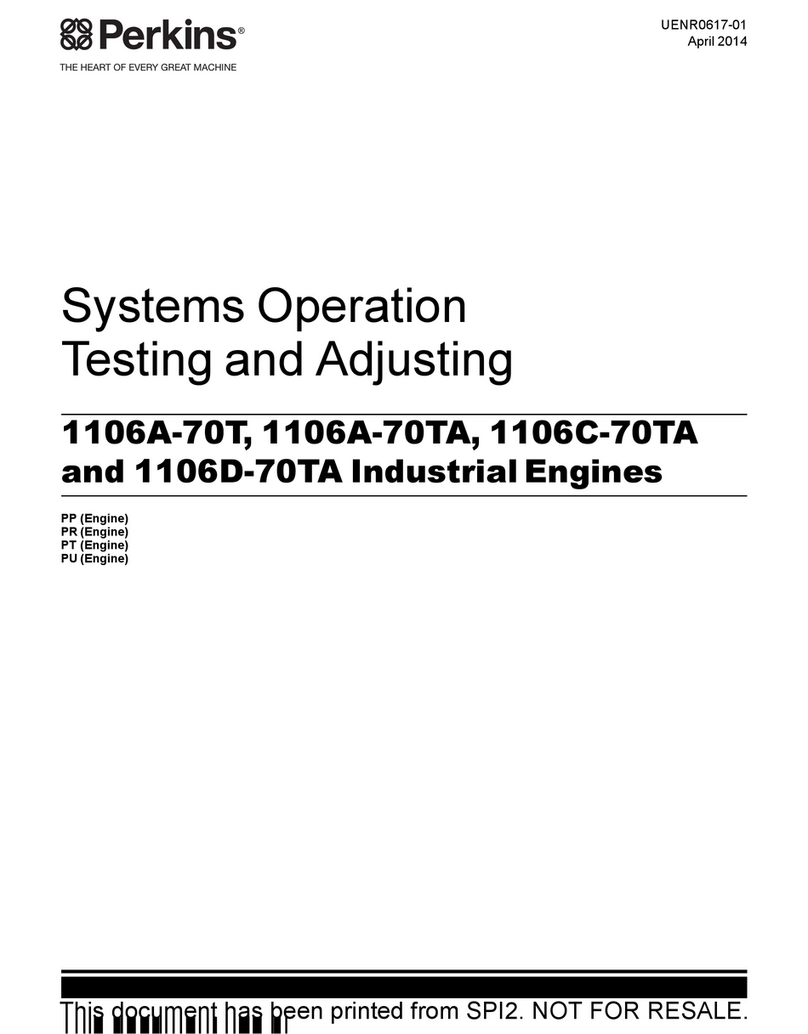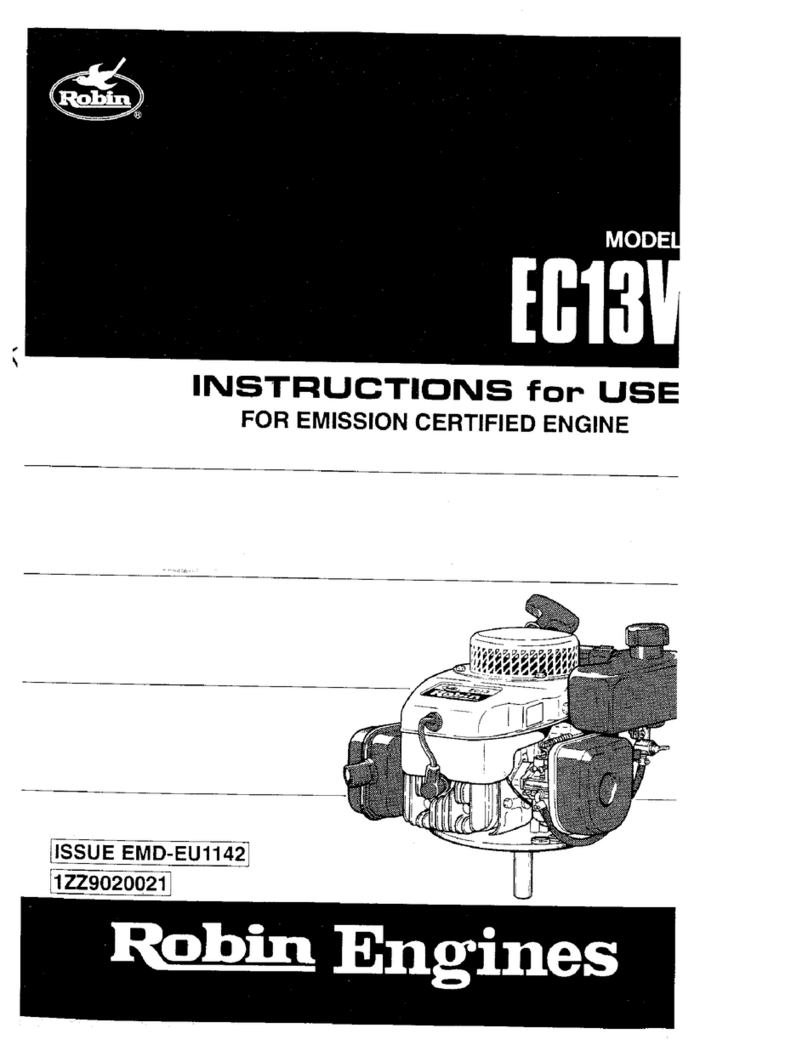
Foreword
California Proposition 65 Warning
Diesel engine exhaust and some of its
constituents are known to the State of
California to cause cancer, birth defects,
and other reproductive harm.
WARNING – This product can
expose you to chemicals
including ethylene glycol, which
is known to the State of California to
cause birth defects or other reproductive
harm. For more information go to:
www.P65Warnings.ca.gov
Do not ingest this chemical. Wash hands
after handling to avoid incidental
ingestion.
WARNING – This product can
expose you to chemicals
including lead and lead
compounds, which are known to the
State of California to cause cancer, birth
defects, or other reproductive harm. For
more information go to:
www.P65Warnings.ca.gov
Wash hands after handling components
that may contain lead.
Literature Information
This manual contains safety, operation instructions,
lubrication, and maintenance information. This
manual should be stored in or near the engine area in
a literature holder or literature storage area. Read,
study, and keep the manual with the literature and
engine information.
English is the primary language for all Perkins
publications. The English used facilitates translation
and consistency.
Some photographs or illustrations in this manual
show details or attachments that may be different
from your engine. Guards and covers may have been
removed for illustrative purposes. Continuing
improvement and advancement of product design
may have caused changes to your engine which are
not included in this manual. Whenever a question
arises regarding your engine, or this manual, please
consult with your Perkins dealer or your Perkins
distributor for the latest available information.
Safety
This safety section lists basic safety precautions. In
addition, this section identifies hazardous, warning
situations. Read and understand the basic
precautions listed in the safety section before
operating or performing lubrication, maintenance,
and repair on this product.
Operation
Operating techniques outlined in this manual are
basic. The operating techniques assist with
developing the skills and techniques required to
operate the engine more efficiently and economically.
Skill and techniques develop as the operator gains
knowledge of the engine and the capabilities of the
engine.
The operation section is a reference for operators.
Photographs and illustrations guide the operator
through procedures of inspecting, starting, operating,
and stopping the engine. This section also includes a
discussion of electronic diagnostic information.
Maintenance
The maintenance section is a guide to engine care.
The illustrated, step-by-step instructions are grouped
by service hours and/or calendar time maintenance
intervals. Items in the maintenance schedule are
referenced to detailed instructions that follow.
Recommended service should be performed at the
appropriate intervals as indicated in the Maintenance
Interval Schedule. The actual operating environment
of the engine also governs the Maintenance Interval
Schedule. Therefore, under severe, dusty, wet, or
freezing cold operating conditions, more frequent
lubrication, and maintenance than is specified in the
Maintenance Interval Schedule may be necessary.
4SEBU9075-03
Foreword
